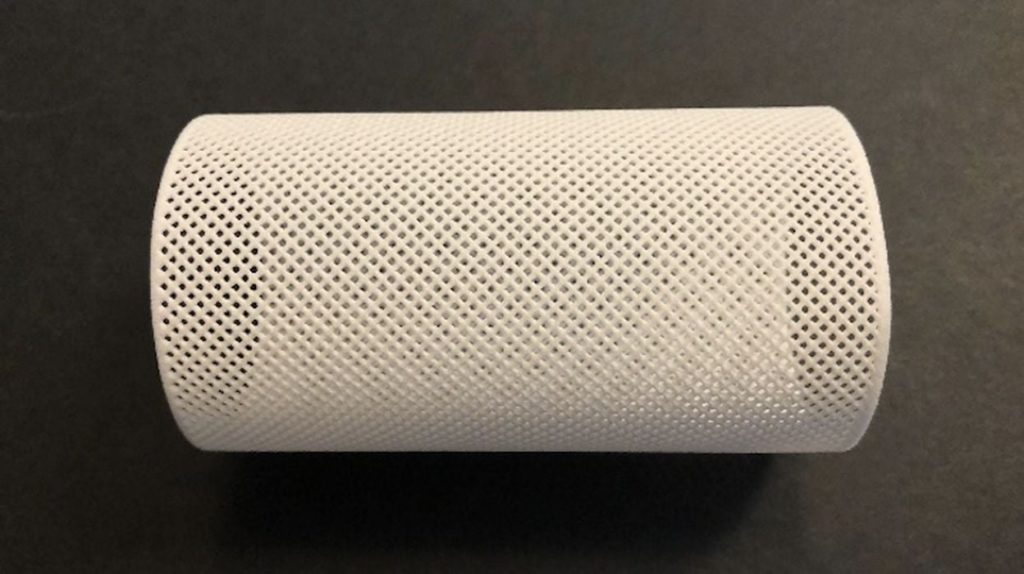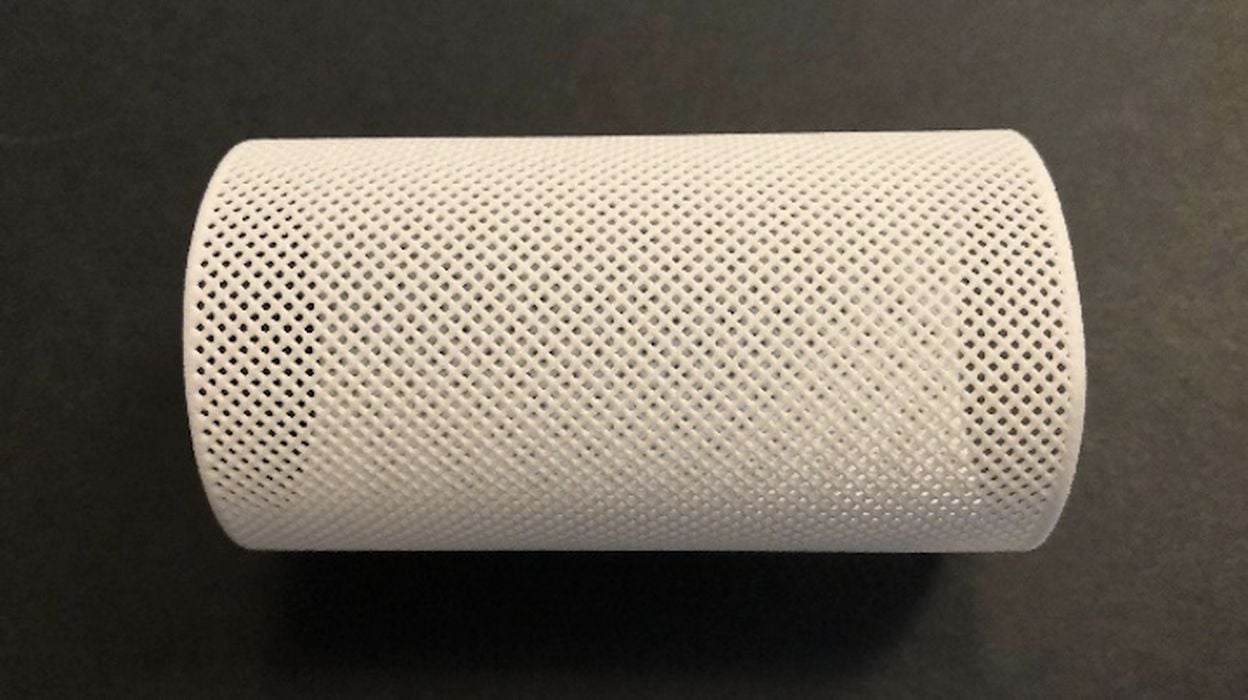
News from Spare Parts 3D reveals interesting results from a digital inventory move.
Digital inventory is a relatively new concept that involves printing required spare parts on demand, rather than keeping a warehouse full of spare parts that could be potentially used.
The problem is that with mass manufacturing techniques spare parts are created only once by running the production line a bit longer before it is shut down. The spare parts produced are then stored in warehouses for years, even decades, in case they might be required. This is a very expensive method, but the only one available for industry until recent times.
Digital inventory instead stores the 3D models of the parts, along with important meta information such as equipment and material requirements. This information is idle until a part request appears, which causes a new print of the part to be executed. Digital inventory is a vastly less expensive approach to handling spare parts in most cases.
However, there’s a catch: the parts must be 3D printable, and you must have 3D models and print job information for each. That’s just not the case for most companies, that have been creating parts for decades without any thought of digital inventory.
Several firms provide services to resolve these situations for corporate clients by reviewing their existing 3D model files and identifying which parts can be 3D printed.
One of these companies is Spare Parts 3D, a French company that produces “DigiPart”. This is a software tool that they use to review 3D models and other files to create digital inventories for clients.
Spare Parts 3D described a recent engagement with an oil & gas company, Ocyan. Ocyan is a Brazilian company that provides solutions for offshore oil and gas installations worldwide. As such, they have a tremendous number of possible spare parts.
The results were interesting.
Over an eleven week period, Spare Parts 3D’s Digipart software evaluated 17,000 parts from Ocyan and identified only 11% that were 3D printable. This is typical, as older parts often were not designed to be 3D printed because that technology wasn’t known at their creation.
Ocyan began 3D printing, and the image at shows the very first 3D printed part for the company. It won’t be the last.
The really interesting part of the story is that apparently Ocyan had NO 3D MODELS for DigiPart to evaluate. Instead, other files were used. Spare Parts 3D explains:
“Despite there being no 3D files on hand, Spare Parts 3D’s software, DigiPART, and its machine learning based algorithms allowed to process the available ERP/PLM data. Starting with DigiPART’s semantic recognition algorithms, the team managed to structure the inventory into part categories (valve, gaskets, filters, seal rings…) and match equipment (e.g. drilling), as well as working environment (e.g. underwater), to establish the functional specification blueprint of each part. With those prerequisites, DigiPART then ran its “AM transfer” algorithm which yielded a set of AM technical solutions for each part.”
This is a very interesting development. I had thought that digital inventory would be constrained to those parts for which companies had 3D models. But apparently DigiPart is able to derive a 3D model from other files, likely 2D blueprints and similar.
This dramatically opens up the breadth of potential digital inventory for companies around the world: more parts could potentially be identified for digital inventory. And that could lead to a lot more 3D printing.
Via Spare Parts 3D

